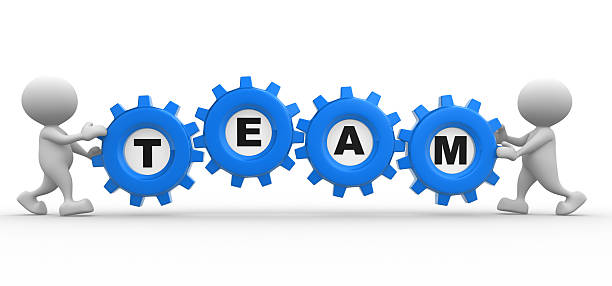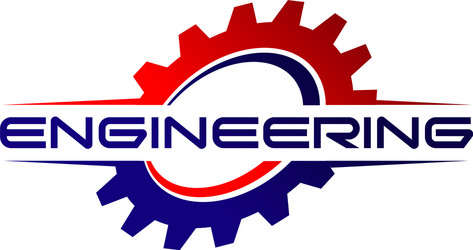STATIC& DYNAMIC CHARACTERISTICS
The performance characteristics of an instrument are mainly divided into two categories:
i) Static characteristics
ii) Dynamic characteristics
Static characteristics:
i) Accuracy
ii) Precision
iii) Sensitivity
iv) Linearity
v) Reproducibility
vi) Repeatability
vii) Resolution
viii) Threshold
ix) Drift
x) Stability
xi) Tolerance
xii) Range or span
Accuracy:
It is the degree of closeness with which the reading approaches the true value of the quantity to be measured. The accuracy can be expressed in following ways:
a) Point accuracy:
Such an accuracy is specified at only one particular point of scale. It does not give any information about the accuracy at any other point on the scale.
b) Accuracy as percentage of scale span:
When an instrument as uniform scale, its accuracy may be expressed in terms of scale range.
c) Accuracy as percentage of true value:
The best way to conceive the idea of accuracy is to specify it in terms of the true value of the quantity being measured.
👉Sensing Element: This is the part of the instrument that senses the physical parameter being measured, such as temperature, pressure, or flow.
👉Transducer: This element converts the physical parameter into an electrical signal that can be measured and processed by the instrument.
👉Signal Conditioner: This element processes the electrical signal to remove noise, amplify it, or convert it to a form suitable for further processing.
👉Display: This element provides a visual representation of the measured parameter, such as a numerical value or a graphical display.
👉Recording Element: This element records and stores the measured parameter, either in digital or analog form, for later analysis or comparison.
👉Control Element: This element allows the instrument to control a process or system based on the measured parameter, such as regulating temperature or pressure.
👉Communication Element: This element enables the instrument to communicate with other instruments or systems, either through wired or wireless connections.
👉Power Supply: This element provides the necessary power to operate the instrument, either through batteries or an external power source.
👉Housing: This element provides a protective and functional enclosure for the instrument, ensuring it can be used in a variety of environments.
👉User Interface: This element enables the user to interact with the instrument, either through buttons, knobs, or a touch screen, to set parameters, view results, or perform other functions.

